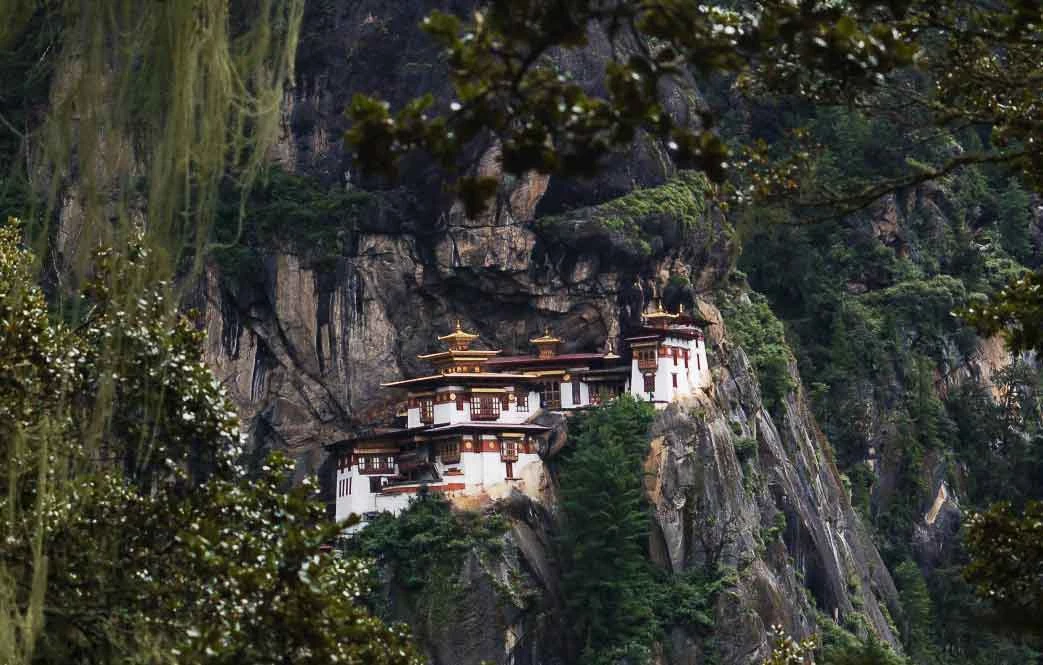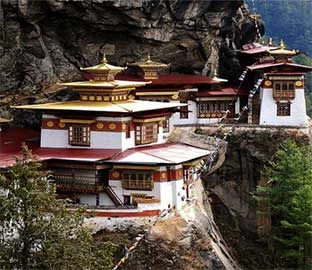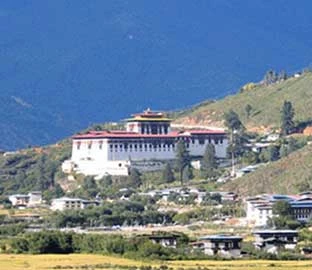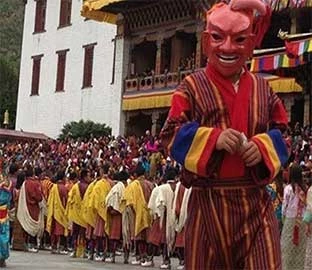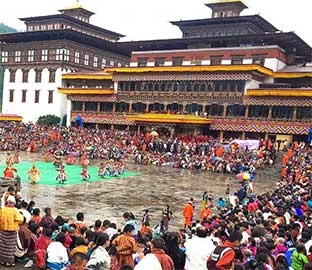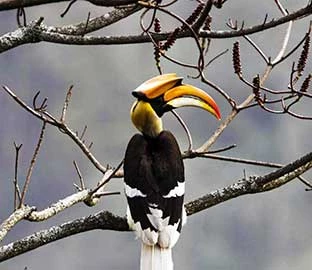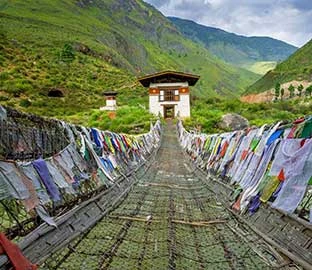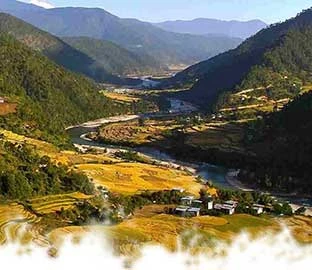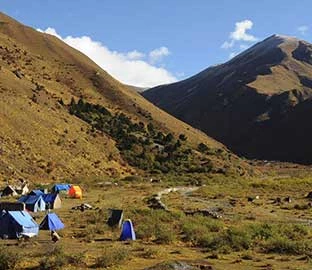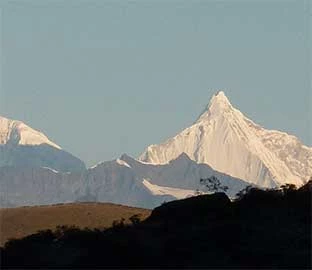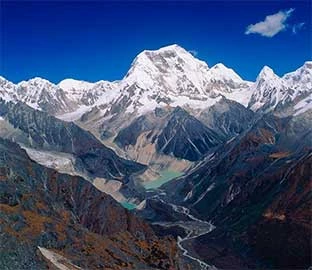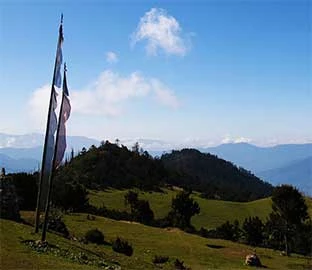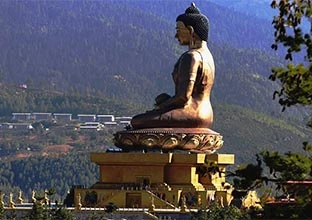The Kingdom of Bhutan, also known as the land of the thunder dragon offers some of the best wild treks that the Himalayas has to offer. Bhutan has amazing and diverse landscapes which have been preserved and conserved well by the country. The country’s strict policies have paid off well as the country’s culture and religion have been well preserved.
This secrecy has only added more curiosity to Western travelers and has been an added attraction to the land of the thunder dragon. However, Bhutan has never disappointed these curious travelers with its beautiful landscapes, forest, and monasteries. When one experiences the contrasting landscape and traditional architecture of the country, one can finally agree with the name given to Bhutan, The Last Paradise.
The Kingdom of Bhutan is a unique country both culturally and environmentally. Perched high in the Himalayas, it is the world’s last remaining Buddhist Kingdom. It has developed the philosophy of Gross National Happiness; where development is measured using a holistic approach to well-being, not just based on gross domestic product.
Chilies are considered a vegetable and ema datshi is the national dish. Ema datchi consists of green chilies mixed in with a Bhutanese cheese sauce. It is still termed as a third-world country with subsistence farming practiced in much of the country. In broad terms the land is fertile and the population is small. In addition, the current generation receives free education, and all citizens have access to free, though rudimentary, medical care. The sale of tobacco products is banned and smoking in public areas is a fineable offense.
Culturally, Bhutan is predominantly Buddhist with Dzongkha as a national language (although there are regional variations - such as Sharchopkha, the predominant language in Eastern Bhutan), and a common dress code and architectural style. Bhutanese people primarily consist of the Ngalops and Sharchops, called the Western Bhutanese and Eastern Bhutanese, and Lhotshamphas (Southern Bhutanese), a people of Nepalese Gurkha Origin, respectively.
The Ngalops primarily consist of Bhutanese living in the western part of the country. Their culture is closely related to that of their neighbor to the north, Tibet. The kingdom became a parliamentary democracy in March 2008 at the initiation of the Fourth King.

